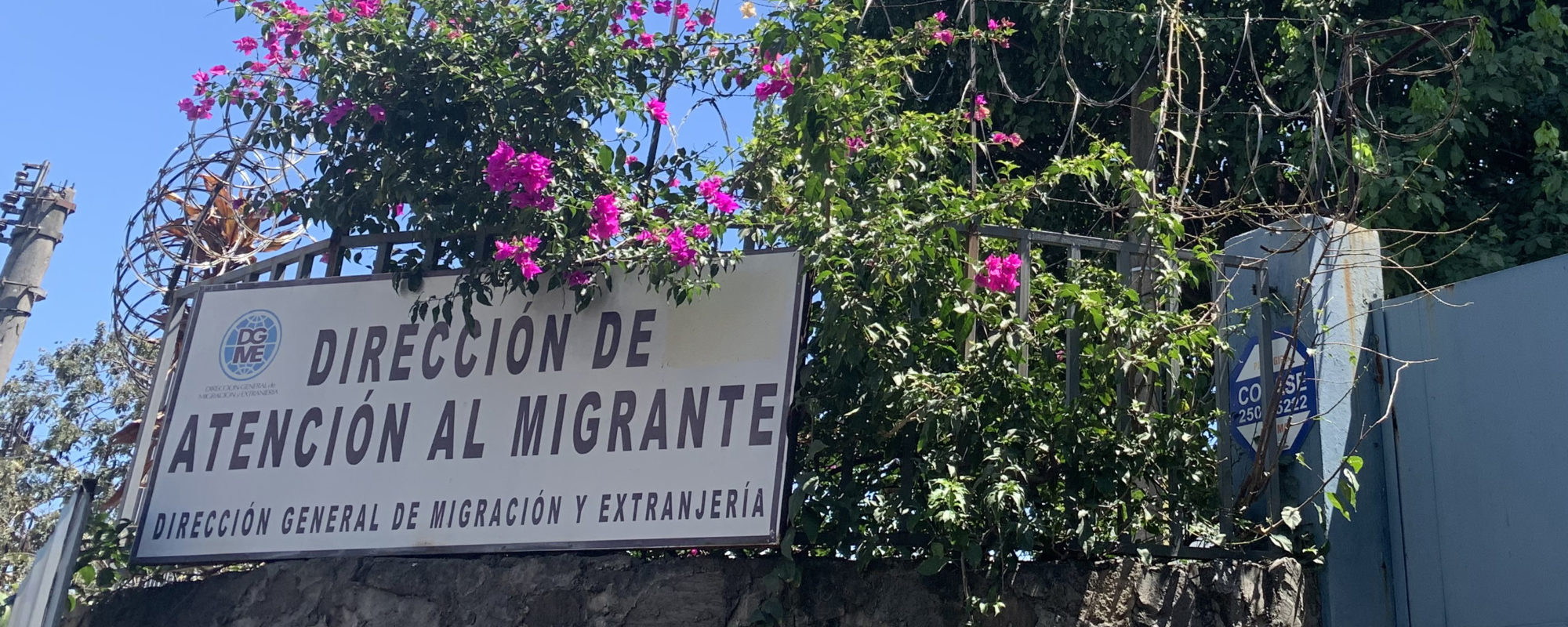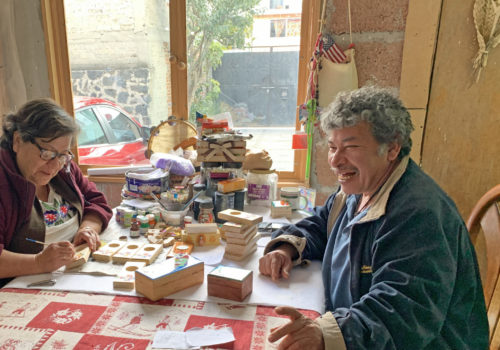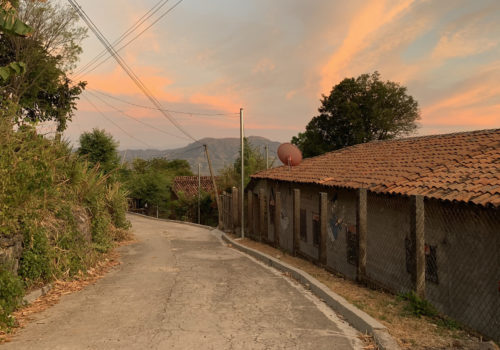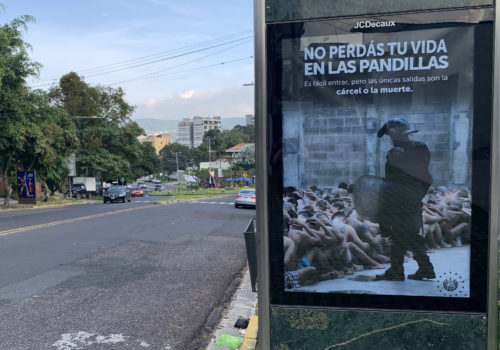SAN SALVADOR — On a sunny afternoon in late February, I joined a small crowd congregating outside the Comprehensive Migrant Assistance Center (CAIM in its Spanish acronym, Centro de Atención Integral al Migrante). A young officer with a clipboard patiently spoke with families gathered there, confirming their loved ones were on his list. The buses from the airport had not yet arrived, he explained. One person per returnee would be allowed to enter a waiting room. The chosen ones—including my friend whose partner Manuel was to arrive that day—lined up outside a blue gate between two high stone walls topped with razor wire while the rest of us found places in the shade to wait. An enterprising woman with a cooler was selling chocobananos, frozen chocolate-dipped bananas on a stick, for a quarter each.
Manuel is one of more than 15,000 migrants deported each year from the United States, who are often stigmatized as criminals. (Thousands more are deported from Mexico, along with a small number from other countries.) They are flown back in handcuffs whether or not they have been convicted of any crimes. Because Central America’s gang phenomenon is believed to have originated with immigrants deported from the United States in the 1990s, today’s returnees are sometimes blamed for increasing crime in the country.
So deported migrants are generally referred to by their advocates as “returnees” (retornados) in an attempt to minimize the stigma of deportation. This more neutral term “highlights the fact of return and leaves the returning person’s ‘choice’ in the matter face-savingly indeterminate,” according to the anthropologist Susan Bibler Coutin.
As an immigration defense attorney in the United States, my job was to prevent such deportations, or “removals” in the clinical language of immigration law. In my nine years of practicing, only a handful of my clients were actually removed, although a number of others came close. (Immigrants represented by an attorney have a much higher probability of a positive outcome than those left to represent themselves, according to a 2016 study by the American Immigration Counsel.) Since immigration courts are civil and not criminal, immigrants do not have a right to a public defender despite the fact that many are detained and the stakes can be life or death. The AIC study also found that only 14 percent of detained immigrants were represented by counsel.
Manuel had been living near Kansas City with his siblings when he failed to come home one night last November. His partner called me in a panic, saying his car had been found crashed on the side of a road and the family was frantic, calling around to hospitals and jails. I was able to help find out he was being held with an ICE detainer—a “hold” placed on a prisoner preventing his or her release—at a local jail and then transferred to another jail a few hours’ drive away that doubled as an immigrant detention facility.
The family called several different local attorneys but was unable to find anyone to represent Manuel. About three months after the car accident, the immigration judge at a court hearing ordered him deported. It was not an unexpected outcome, but he could not be removed until the judge issued the order.
Spending time in El Salvador with Manuel’s partner and family as they anxiously awaited his return showed how little I understood of what happens after a judge issues a final removal order (which is where my work would have ended). After his final hearing, Manuel could have been deported any day, but there was no clear timeline about exactly when that would happen or how long he would continue to be detained. His partner tried calling the local ICE office, but although the touchtone menu included an option to be connected to a Spanish-speaking officer, one was never available. Manuel himself had no information about when his deportation would be scheduled. CAIM was more helpful. Manuel’s partner called every day to see if he was on “the list.” Once or twice, she was informed that he was scheduled to be deported the next day only to be told the next time that he had been taken off the list, likely to make room for a child or family traveling together.
Once it became clear Manuel would soon return, his partner set about preparing. She used what little remained from her paycheck to buy toiletries, clothing and other items he would need to readjust to life in El Salvador. Returnees arrive in the clothes in which they were detained and are allowed only 15 pounds of luggage (which must be prepared and brought by someone else, as they can’t return to their homes from detention). Meanwhile, his family deep-cleaned the room where he would stay (which he would share with several family members) and prepared a space for him.
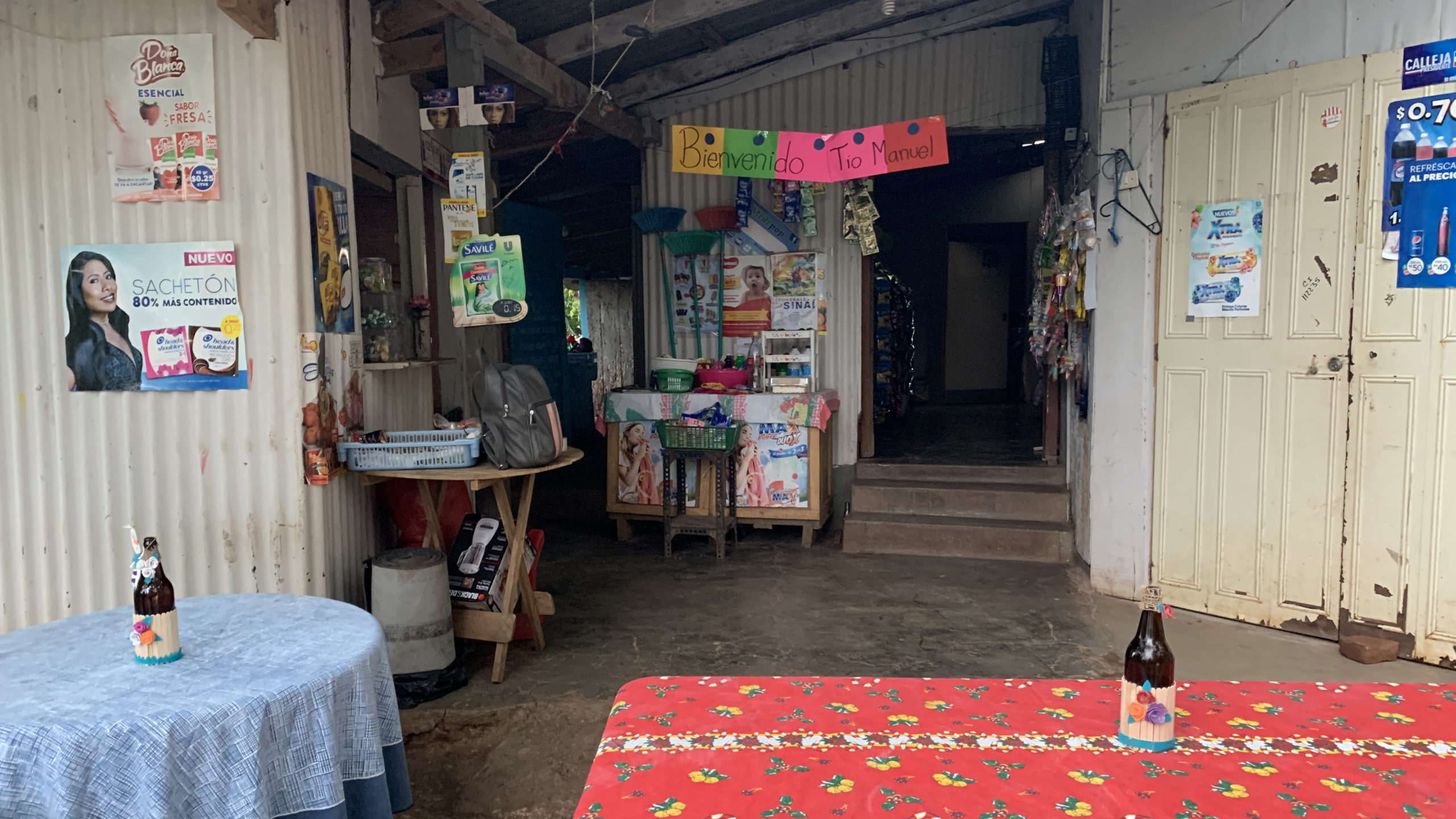
Finally, on a Friday more than three weeks after his removal order was issued, Manuel’s partner learned from CAIM that he would arrive the following Monday. This time his removal seemed more likely: his phone privileges and inmate account were frozen, but he was able to call a family member with the help of a fellow detainee to say that he had been transferred to an immigration detention center in Louisiana. On Monday morning, he was roused at 3:00 am and flown first to Houston and then to El Salvador.
Although Manuel had lived in the United States for about five years, he remained very much a part of daily life back home. (I had said hello to him via videochat a number of times when I was getting to know his family.) He was one of the more recent arrivals of several family members who had migrated, but not the last to make the attempt. Last year, a nephew set out for Mexico, where he was granted a humanitarian visa for the south before the authorities caught him trying to make his way farther north and deported him back to El Salvador.
Although I was (and remain) curious about Manuel’s reasons for leaving and the factors that contributed to his decision, they were never discussed and my attempts to ask went nowhere. Migration is so common that around a fifth of Salvadorans live in the United States. One of the most widely read newspapers, La Prensa Gráfica, includes coverage of the United States alongside reporting from different regions in El Salvador under the rubric “Departamento 15.” (El Salvador has 14 administrative units, making the Salvadoran diaspora the “15th department.”) When someone migrates, it’s simply commonly understood the reason is some combination of factors including economic hardship, family reunification and security concerns.
CAIM is commonly referred to as “La Chacra,” after the notoriously dangerous neighborhood in which it’s located, on the eastern edge of San Salvador near the satellite city of Soyapango. When I once visited the facility as part of a delegation of attorneys in early 2017, it was being used only to process Salvadorans deported by land, mostly from Mexico, and there was a separate facility at the airport for those returning by air. Later in 2017, operations were consolidated and all returnees are now brought to La Chacra in buses donated by USAID.
In a country where the formal employment rate remains low, the prospects for a returnee in his late thirties who is used to making US wages are not promising.
Since its conception in 1999 as the “Welcome Home” program (“Bienvenidos a Casa”), El Salvador’s process for “welcoming” returnees has received millions of dollars in donations from the US government as well as institutional support from the Salvadoran government and technical assistance from both governmental and nongovernmental organizations. Multiple justifications have been given for the program, from deterring recidivism through helping migrants reintegrate into the country of their birth (with the hope they won’t try again) to law enforcement cooperation and monitoring of criminals.
Once the buses arrive, the children are processed first and then the rest of the returnees in order of the geographical distance they still need to travel, with those returning to the capital registered last. They are given a soda and a snack, then seen by multiple government offices, including immigration control and the national police. A National Civil Police (PNC) officer checks to see whether returnees have any criminal histories or outstanding warrants, and I have heard of cases where people have been immediately taken into custody.
That practice raises the question of what happens to those who initially fled El Salvador because of violence and threats by the PNC. When I asked CAIM employees what protections are provided to returning migrants with such fears, I was told they wouldn’t have to be afraid of the officers screening them because they were in plainclothes rather than uniform, a response that missed the point entirely. The screenings are also justified as a measure to track migrants and let their families know where they had been if they were to go missing. When I asked whether an abusive spouse or other family member would have access to the information, I did not get a straight answer.
The returnees also visit the health ministry, where they are given additional screenings (including now potentially for coronavirus symptoms), and the employment ministry, which records their skills and informs them of possible employment opportunities. No one I have spoken to thinks the process results in any actual jobs, but Manuel seemed to appreciate the effort. In a country where the formal employment rate remains low, the minimum wage is $300 per month (even less for agricultural workers), and those over 35 are subjected to age discrimination, the prospects for a returnee in his late thirties who is used to making US wages are not promising.
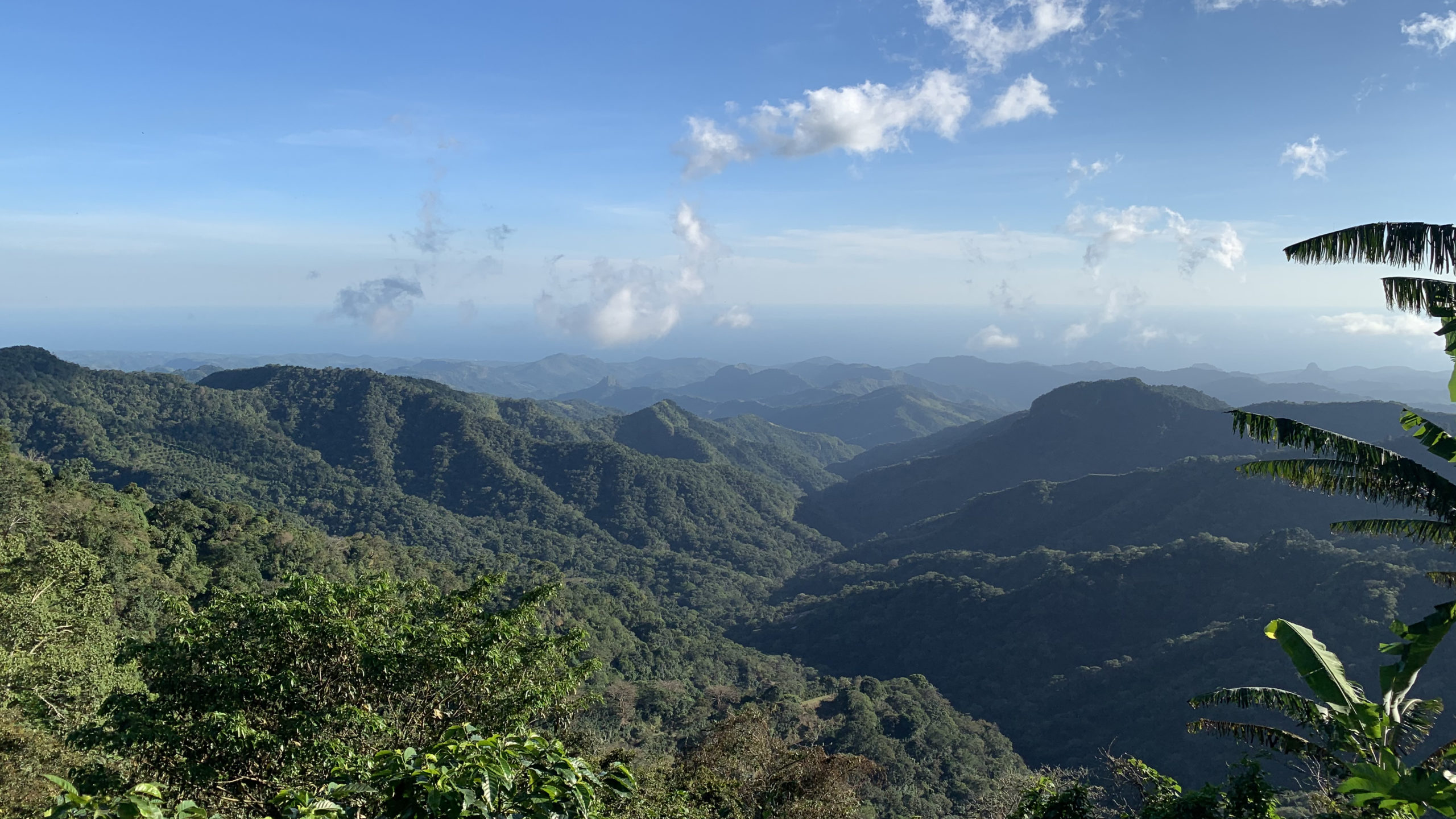
The process takes around an hour or an hour and a half, and Manuel finally emerged in the afternoon. After warm greetings, we hopped into cars and began the journey home, about two hours in traffic. With one arm around his partner, Manuel immediately started videochatting with family members back in the United States. I was surprised at first but then I remembered a picture his partner had shown me a few days earlier that showed him saying good-bye to his brother in the United States. The brothers look at each other through thick glass, holding heavy payphone-style receivers to their ears. Manuel can be seen in an orange jumpsuit, partially obscured by a reflection of a security guard in the background. His brother, in a black T-shirt, raises his hand in a wave.
After having shared a life for the last five years, seeing his US family members in some cases every day, he was now unlikely to see any of them in person again for many years. Their communication had been limited to short phone calls and visits through glass for the last three months. It was understandable the first thing he would want to do was talk to them and show he was all right. The calls wound down as we drove out of the city toward Manuel’s village. He looked out the window at unfamiliar surroundings. The mountain road was new since he had left, recently built to replace the dangerous old one that had been damaged by earthquakes.
Most returnees face precarious existences. A recent report by Human Rights Watch identified or investigated 138 cases of Salvadorans killed after deportation from the United States since 2013, a number that probably represents “a significant undercount” as the authorities do not ask about migration status and there is no mechanism for tracking what happens to deportees. Human Rights Watch also identified or investigated over 70 instances in which deportees were subjected to sexual violence, torture, and other harm, usually at the hands of gangs, or went missing following their return. In many cases, “a clear link” was identified “between the killing or harm to the deportee upon return and the reasons they had left El Salvador in the first place.”
Manuel’s experience does not represent that of the majority of Salvadoran returnees. He is fortunate to have a place to live, work to keep him busy helping out on a farm, and a loving family that can help him readjust to life in El Salvador and support him while he figures out what to do. He is also fortunate not to be facing any immediate threat to his safety. But like many others, his future remains uncertain.

